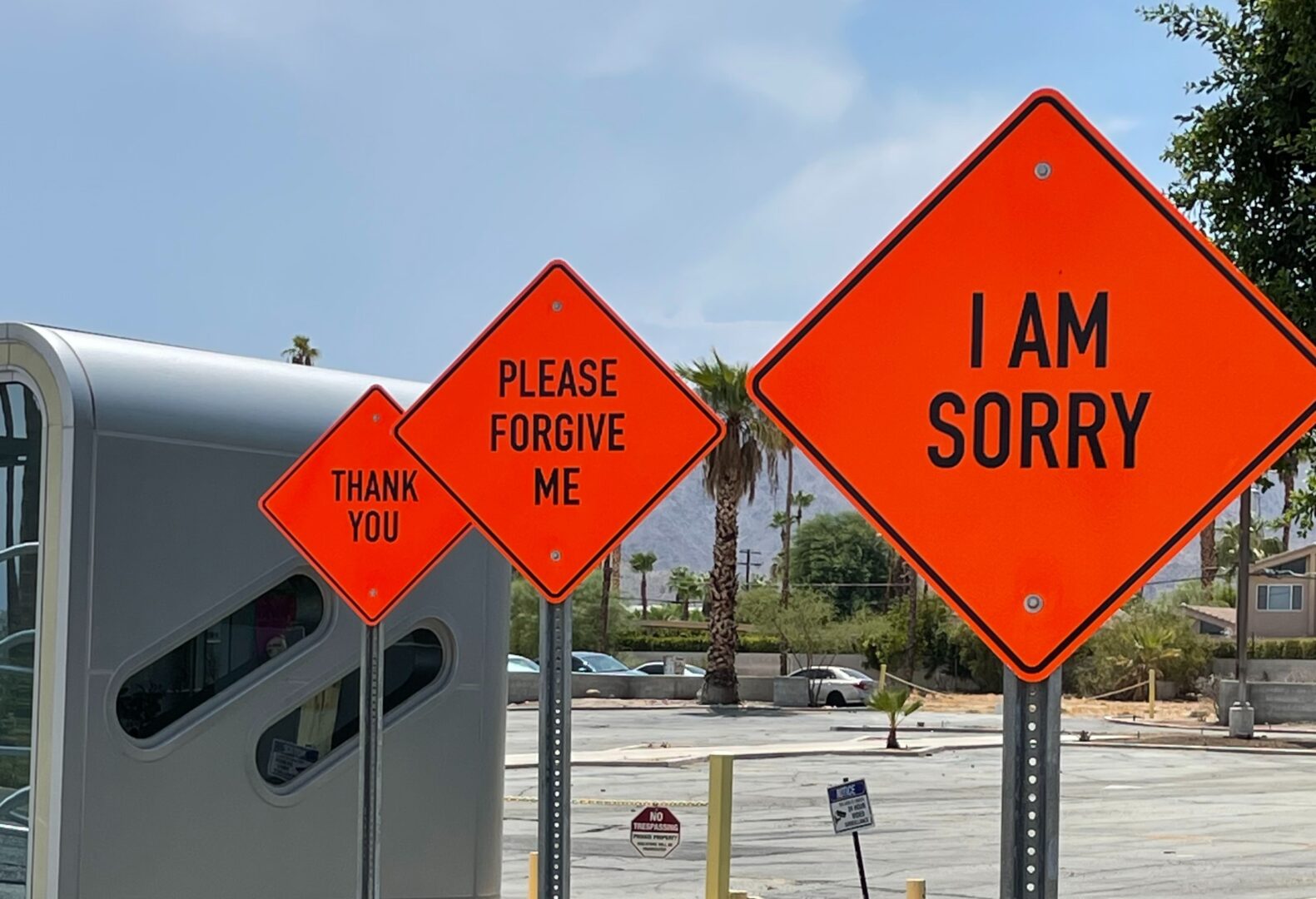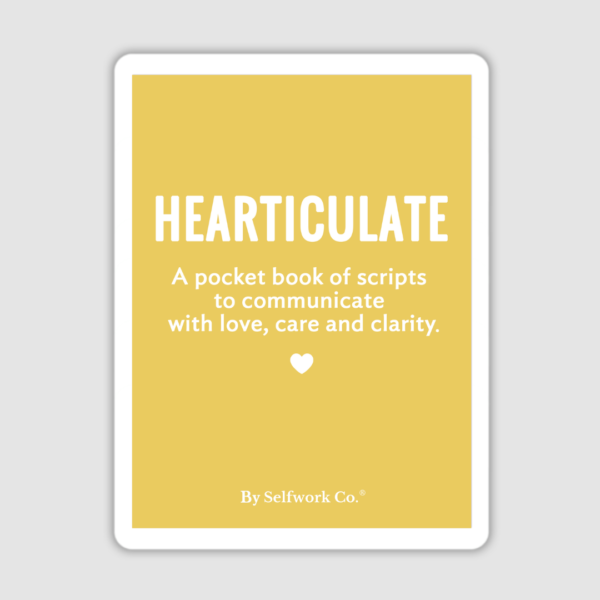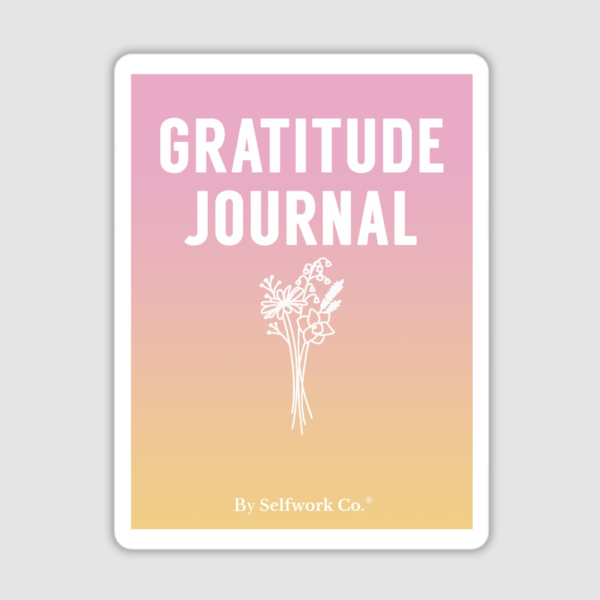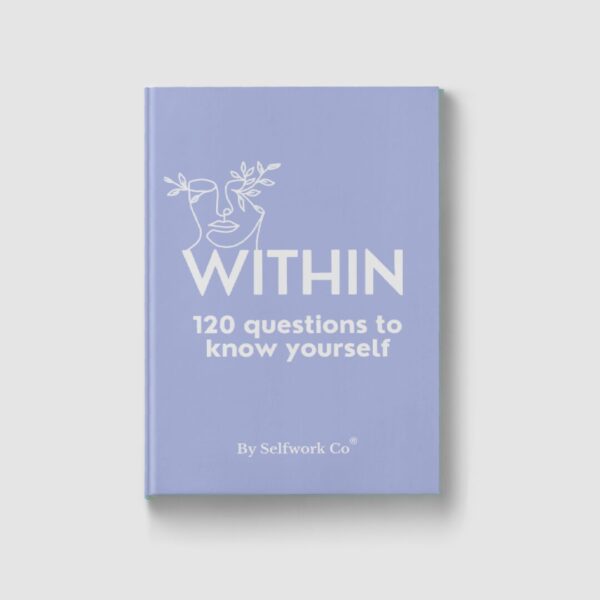
According to Gary Chapman and Jennifer M. Thomas, the authors of ‘When Sorry Isn’t Enough’, we all have our preferred ways of receiving an apology. Just like our unique love languages, it helps to identify our apology language and communicate this to our loved ones. This way we can resolve conflicts more quickly in relationships. Read on:
- Expressing Regret
This involves a simple & genuine “I’m sorry” with a short explanation of how the other person was hurt.
“I’m really sorry for yelling at you like that. It wasn’t the right thing to do.”
2. Accepting Responsibility
This prioritises accountability over explanation. It involves skipping the story entirely and taking full responsibility. It means never saying: “I’m sorry but…”
“I’m so sorry I didn’t show up for ____. There is no excuse. I messed up.”
3. Genuinely Repenting
This includes a plan for corrective action along with the apology.
“I’m sorry I didn’t double-check the reports. I will rework the slides to include accurate information and make sure this doesn’t happen again.”
4. Making Amends
This kind of apology includes communicating with the recipient to find out what you can do to make things right. It also involves going the extra mile to show them how important they are to you.
“I’m terribly sorry I forgot your birthday. I want you to know you are so precious to me. What can I do to make up for it? How about dinner this week at (their favourite restaurant.)”
5. Requesting Forgiveness
This involves offering an apology, explicitly asking for forgiveness and giving the recipient the time, space and agency to decide if they can accept your apology.
“Hey, you don’t need to respond to this. I just want to apologise for the way I stopped being in touch. I should have communicated honestly and ended our relationship with respect. I hope you can forgive me.”









